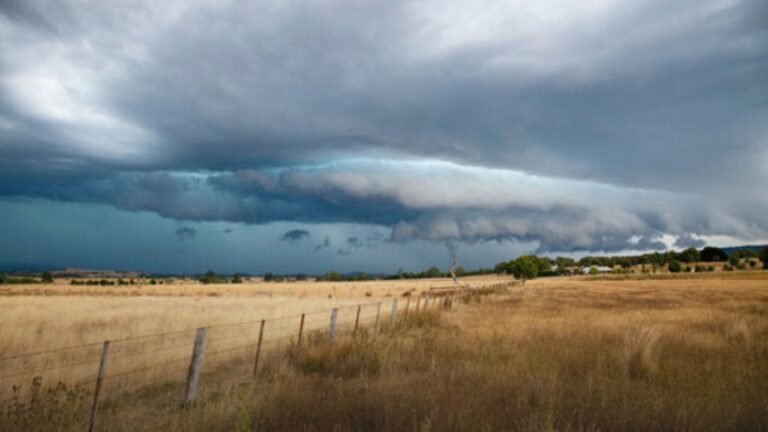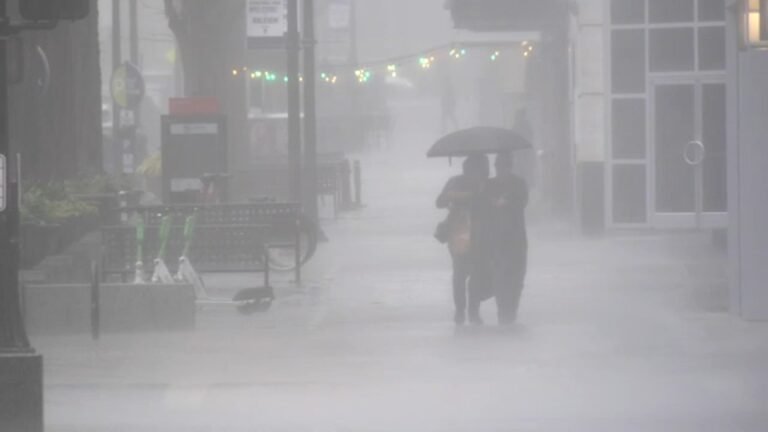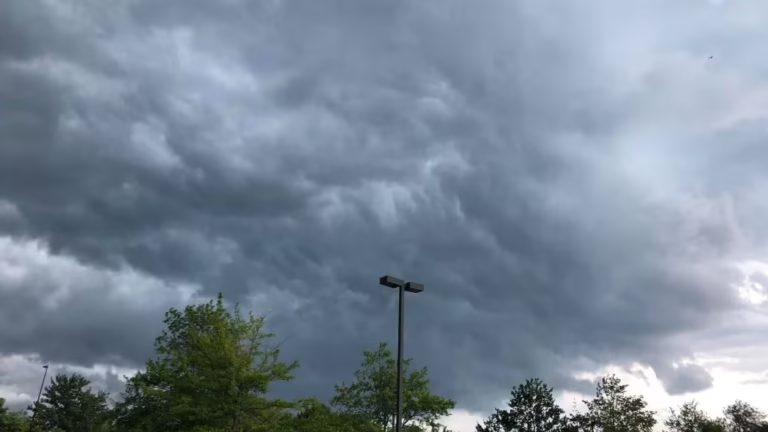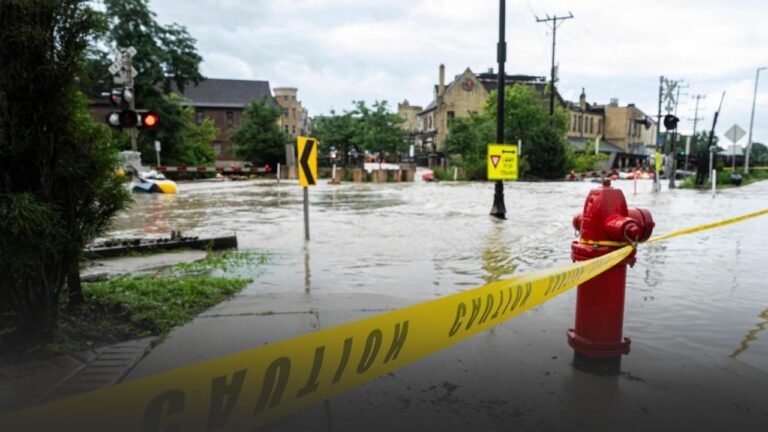Tropical Disturbance Could Develop Into Gabrielle as North Carolina Monitors Potential Impacts
WINSTON-SALEM, N.C. — Meteorologists are tracking a tropical disturbance in the eastern Atlantic that could develop into the next named storm of the season, with long-range models showing possible impacts along the U.S. East Coast.
Invest 91-L Identified in the Atlantic
The National Hurricane Center has labeled the disturbance Invest 91-L. While dust from the Saharan Air Layer and mid-level dry air may limit development in the short term, forecasters say it could become a tropical depression or Tropical Storm Gabrielle by the second week of September.
If it maintains strength, the system could track westward across the Atlantic, putting parts of the southeastern U.S. — including North Carolina — in a possible path within the next two weeks.
A Pause Before Peak Season
The potential storm comes after a brief lull in activity following Hurricane Erin, which reached Category 5 strength before turning north, and Tropical Storm Fernand, which dissipated quickly.
So far this year, the Atlantic basin has produced six named storms, with Erin the only hurricane. Three of those systems, including Tropical Storm Chantal in July and Tropical Storm Dexter in early August, have already impacted North Carolina with flooding rains and gusty winds.
Forecast Outlook
Experts caution that while the tropics appear quiet now, history shows that calm stretches often precede sudden surges in development. In 2024, for example, the Atlantic generated 13 named storms in just 10 weeks after a similar lull.
NOAA’s updated seasonal outlook still calls for 13 to 18 named storms, including up to five major hurricanes, while Colorado State University estimates 16 total storms with three majors.
Preparation Remains Key
With September marking the heart of hurricane season, officials urge North Carolina residents to stay ready:
- Review evacuation routes and emergency plans.
- Keep an updated supply kit with food, water, batteries, and medications.
- Monitor local forecasts for changes in the storm’s track.
As Invest 91-L pushes westward, residents across the Carolinas are reminded that even a single storm can reshape an entire season.
Do you think North Carolina is adequately prepared for the peak of hurricane season, or should more resources go toward coastal protections? Share your thoughts with us at SaludaStandard-Sentinel.com.







